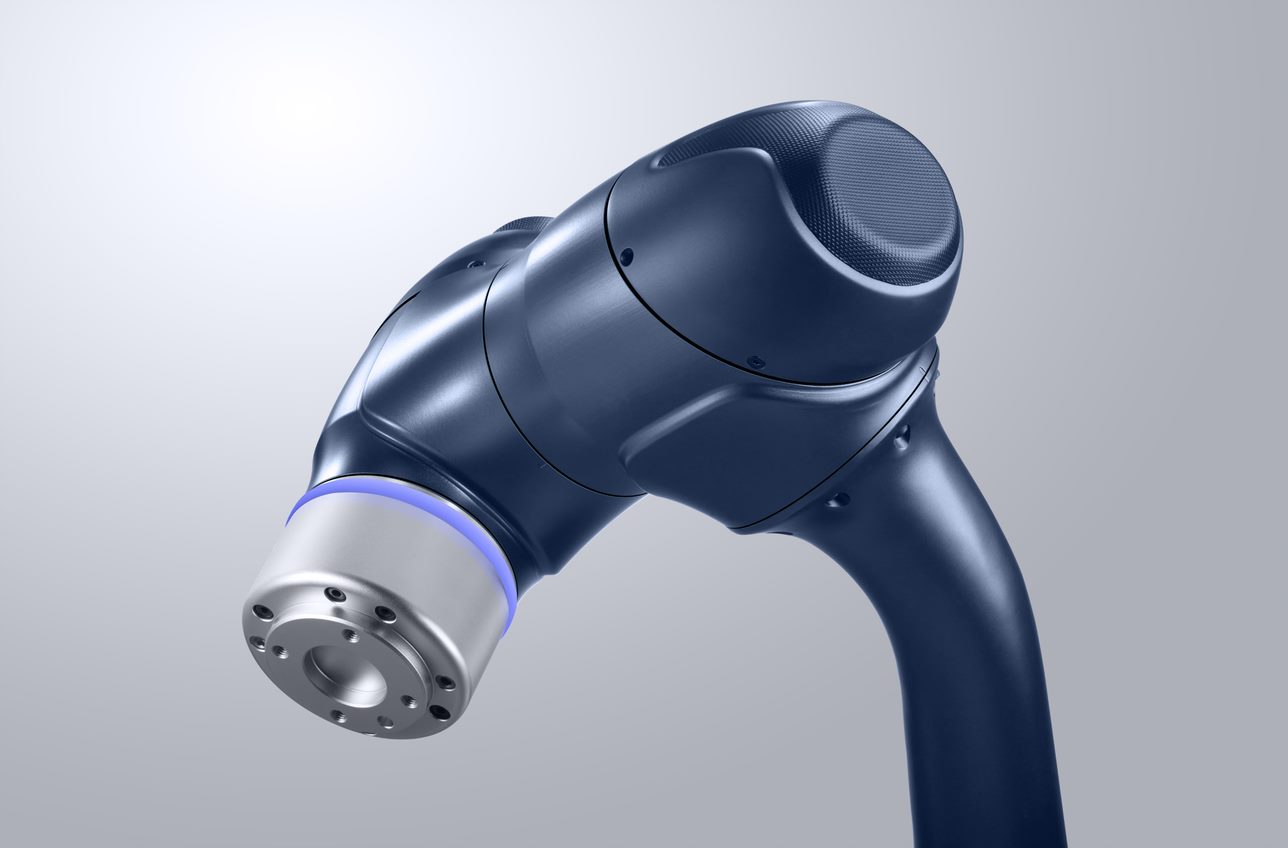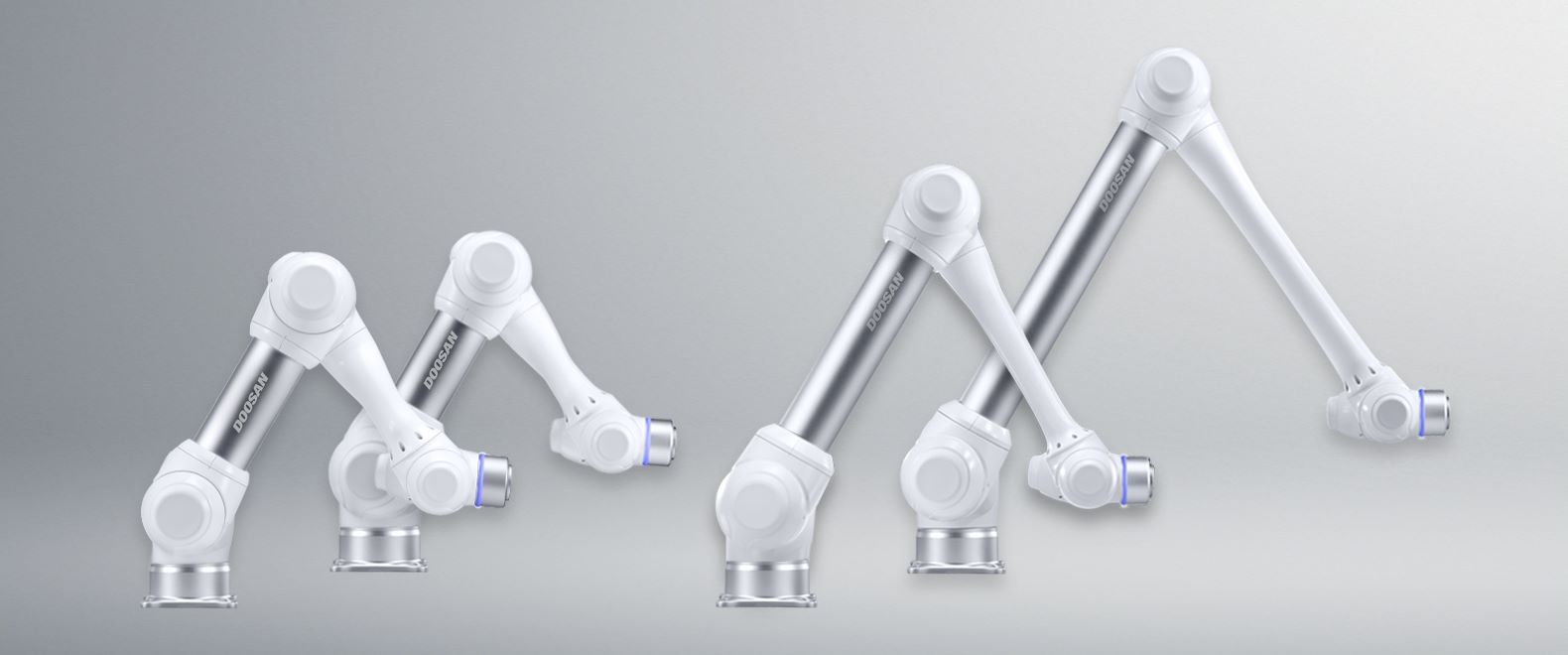But this branch of robotics has seen us constantly asked the question “what are the differences between cobots and industrial robots?”
So, as automation
experts, we’ve broken down the core differences between the two.

They're Collaborative!
This one might seem obvious, but the main difference between the two robots is those collaborative robots – as the name might suggest – can work alongside humans and are in fact designed to safely do so. They are designed with rounded edges, without trap points and have torque sensors that are constantly monitoring forces, detecting the environment and immediately stopping on contact. They also run considerably slower, meaning that in any case of contact, the torque sensors stop the cobot in a safe and timely manner.
They're Much More Uniform in Size
Collaborative robots are usually a lot less diverse when compared to industrial robots too, particularly when it comes to size. Where industrial robots come in all shapes and sizes for applications in all fields of work, cobots in contrast are relatively similar sizes. This is to ensure the safety of their human counterparts but also because of the applications cobots are designed for (see next point). For instance, the largest of the Doosan robots available has a reach of 1,700mm and payload of 6kg, while shorter reach cobots can handle payloads of around 15kg.

They're Suited to Different Applications
As mentioned, the size of a collaborative robot has an impact on the jobs it should be used for. Where there is an industrial robot designed for every application be it; large volumes of welding, huge handling applications or precision painting, cobots are limited in the applications they can be used for. And that’s not at a disservice of the cobot. Its small frame and payload, twinned with the collaborative nature make the cobot suited to small handling, packaging and assembly jobs, ones where precision is more important than volume and speed, in environments where humans and cobots can safely work together.
Durability Varies
As an article in The Manufacturer states “where industrial robots are big heavy pieces of machinery with sealed drives, cobots are lightweight with aluminium arms and joints powered by less robust harmonic drives”. What this means is that industrial robots can easily work upwards of over 10 years at high intensity. If a cobot was to work at the speed and intensity of an industrial robot, it wouldn’t last half of that time; but that’s because that isn’t what a cobot is for. Tasked with the correct applications, and maintained correctly, cobots can last many years - but don’t expect them to be producing volumes anywhere near those done by an industrial robot.
Programming is Simpler
Collaborative robots pride themselves on their intuitive programming abilities. Where industrial robots have advanced software – needed for their flexibility – we encourage users to be trained on robots at our facilities. Cobots however are designed for the ultimate user-friendly experience, with a simple and ultra-intuitive user interface via a tablet-like pendant. What’s more, most cobots also feature a direct control unit mean you can move it between coordinates and the program is recorded, all without the use of a pendant.
Interested in robotics, either industrial or collaborative? Just want to find out how we can help you? Get in touch with us by filling in our contact form
Send us your question & let us know how we can help you
Bauromat
Stafford Park 6
Telford
TF3 3AT
United Kingdom